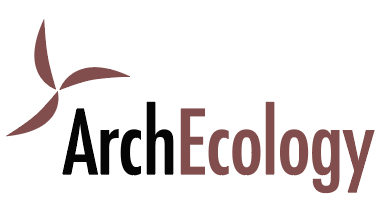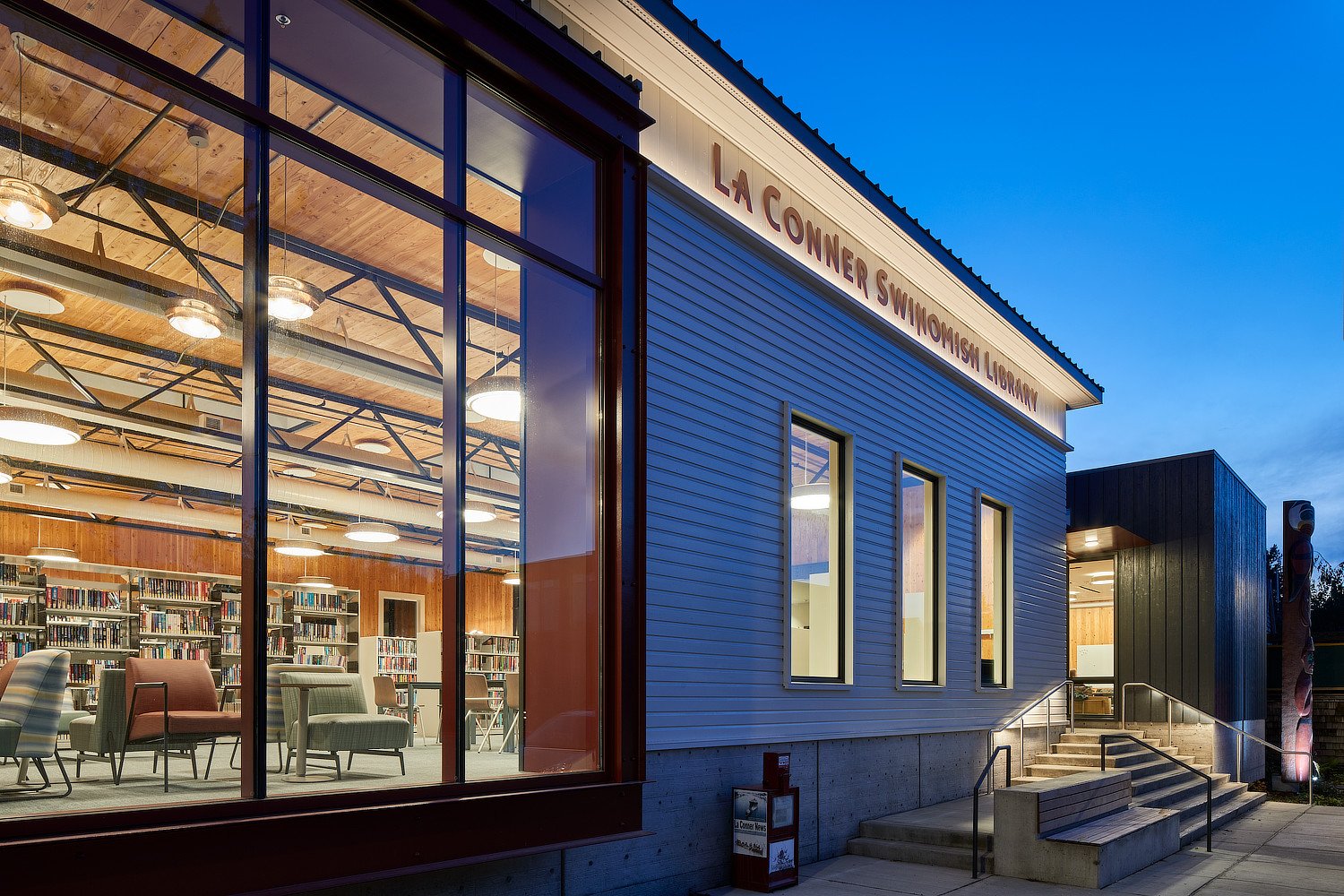Navigating Narrow Funding Paths
Many of the services that enrich community life like libraries, recreational centers, theaters, food banks, and non-profit organizations can struggle to find the funds to construct their facilities. Though they are often in small suburban or rural communities, even urban projects sometimes share this struggle. Many of these projects have complicated funding streams involving donors, grants and monies from the State of Washington. If they receive state funding, they are obliged to design and construct a LEED Silver certified building in return for that funding.
The LEED Silver pursuit for a project like La Conner Swinomish Regional Library, or the Vashon Maury Food Bank, or the Family First Community Center is challenged by a suburban location that is not served by significant transit or proximate to a variety of services. These suburban projects tread a narrower path and have fewer avenues available to them to achieve the LEED points they need. And at the same time, they have tight budgets and a strong commitment to a mission that they need to focus their resources on. That’s where ArchEcology can help.
For projects like these, every single sustainable measure counts from the low hanging fruit to approaches that take some guidance to implement and document. Establishing even a minimal point buffer to create a margin for error is very challenging. As a result, keeping the team focused on each of the parts that they need to play throughout design and construction is critical to a successful certification.
For La Conner Swinomish, the combination of photovoltaic panels provided by a donor and a CLT construction which demonstrated reduced carbon in our life cycle assessment were key to success. For Family First, on-site infiltration allowed us to pursue rainwater management strategies. For Vashon Maury Food Bank, which consists of a renovation and an addition to an existing building, strategic upgrades are being considered for the existing building to ensure it complies with LEED while being mindful of costs and the owner's sustainability goals.
Each project site and program offer unique opportunities and fresh challenges. Just as these projects are committed to their mission of community service, so too is ArchEcology committed to helping them make their vision a sustainable reality.

